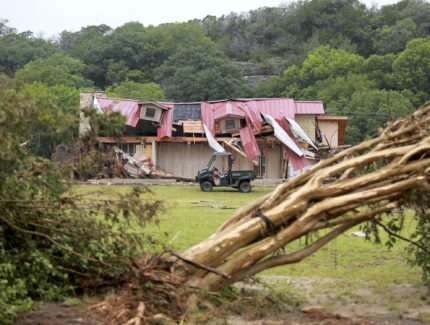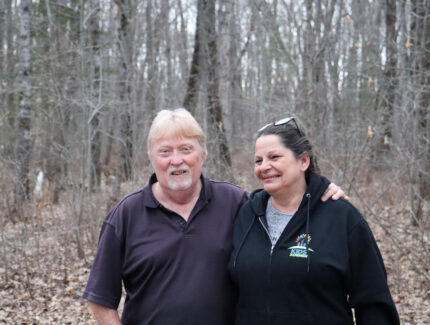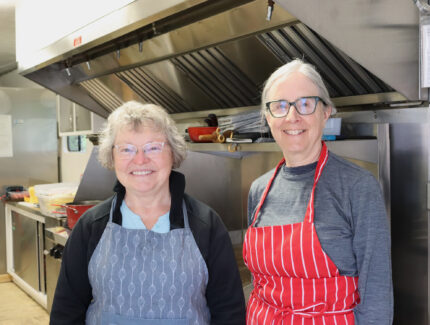
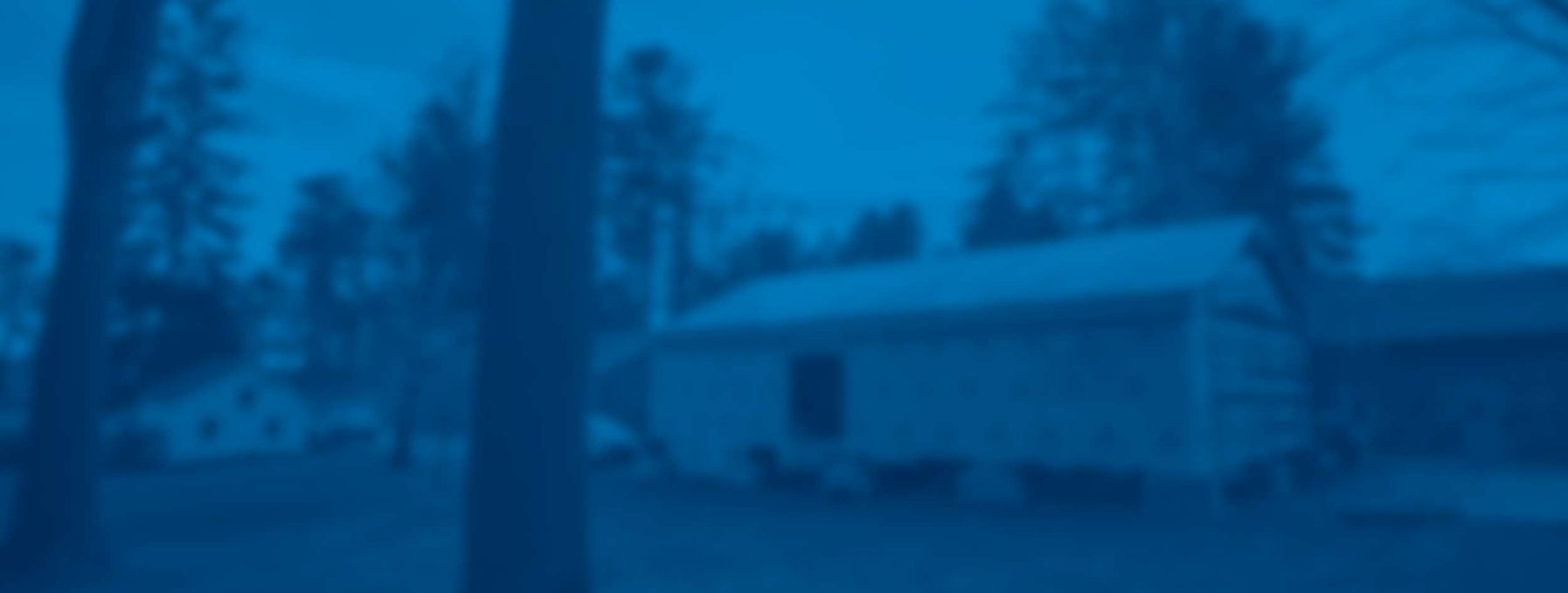
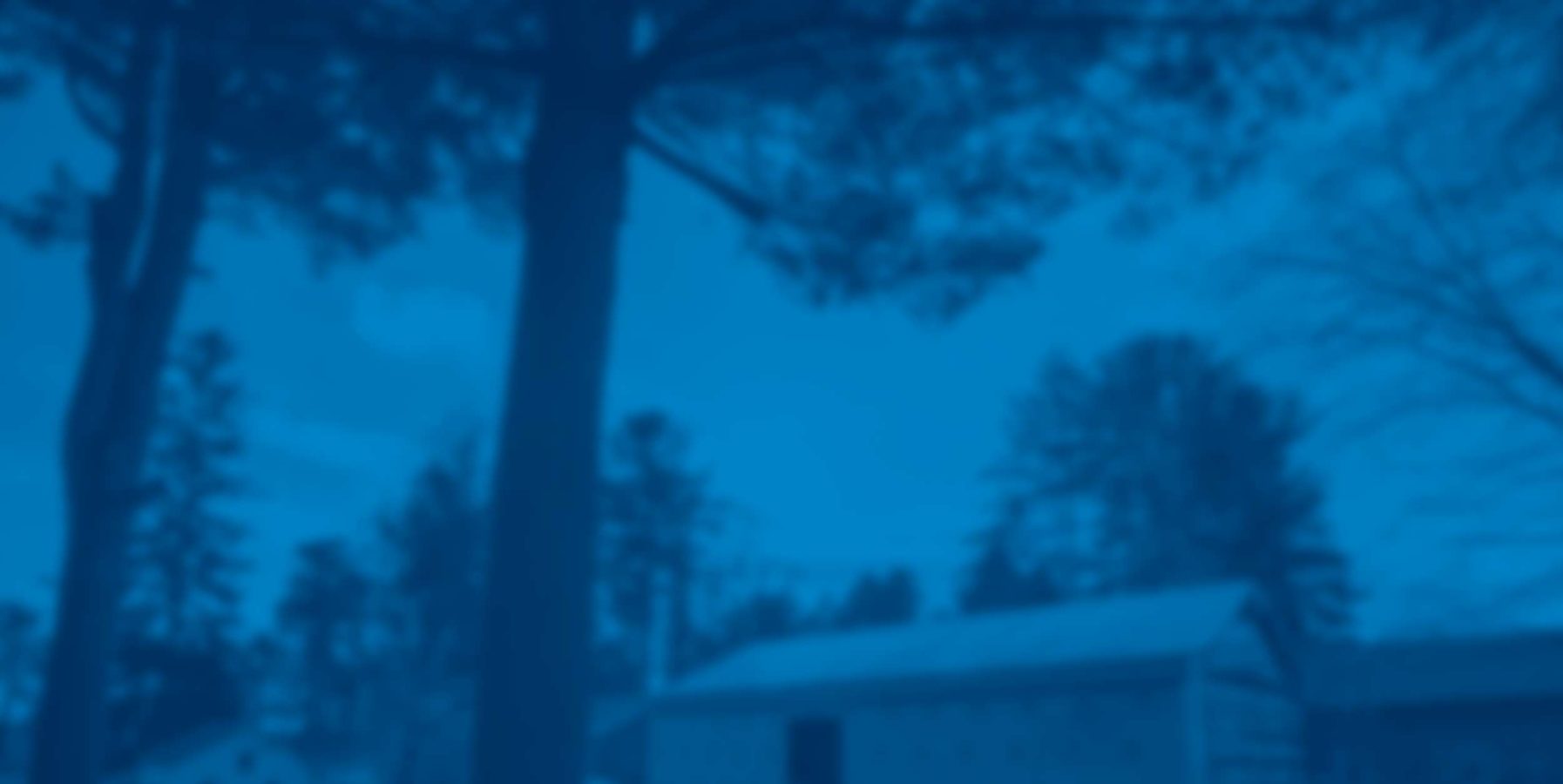
November 16, 2020
Mennonite Disaster Relief, Helping People Rebuild
By Lorie Ham, Mennonite Aid Plan
On top of everything else going on in 2020, California has been besieged by wildfires, and this fire season has shattered records. Mennonite Disaster Service (MDS) has been helping people affected by fires and other disasters for many years.
Founded 70 years ago, MDS is a volunteer network of Mennonite, Amish, Brethren in Christ, and other Anabaptist churches dedicated to responding to natural and man-made disasters in Canada and the United States. “Our aim is to assist the most vulnerable community members, individuals, and families who would not otherwise have the means to recover,” states Steve Wiest, Regional Operations Coordinator for Region 4.
When asked about the recent Creek Fire, Steve states even before it was fully contained MDS volunteers were working to find a way to help. “When a disaster is close to where MDS volunteers live the response is natural and appropriate because of personal connections. When we don’t live near by we usually wait for the local officials to invite us in.”
One thing that Steve feels MDS does well is rebuilding complete new homes after a disaster. “Many MDS volunteers come from the building trades and farming and those folks come with good skills. Whatever skills a volunteer will bring, there will be a place for them to make a meaningful contribution to the project. If the disaster survivor owns the property and if there is money for materials, subs and permits, then MDS will provide free labor to build the house. If they have insurance, they usually don’t need our help.”

A home that MDS rebuilt in Lake Isabella east of Bakersfield came with some added excitement. “As we worked on the second house we watched airplanes diving from the sky to drop fire retardant in the direction of the first home we had just finished. A fire was threatening the new house and had started less than a half mile from the house we had just finished. The next day I asked the homeowner if he had fire insurance and he did not. He said he could not find any. I called Jerry Linscheid and Jerry pointed me in the right direction to help get insurance. I was able to tell the homeowner that the new house was built with the latest California building codes and was much more fire resistant than the old house.”
The goal of MDS is to build homes that will withstand the next disaster, when possible.
The current building code has a section called WUI, Interface.” This is to make the house resistant to wildfire, but the main goal is to give occupants time to get out of the house,” continues Steve. “To make a house be able to survive a fire is a very tall order. The exterior construction is aiming to survive a 20 minute exposure to fire. To increase that to one hour could raise the cost of a 1,000 square foot house by nearly $100,000. The methods and materials of construction is only part of the plan. Keeping flammable material away from the house is just as important. Trees, shrubs, and landscape that allows fire to jump from fire source to fire source invites disaster. We have even seen that the patio furniture can be an ignition point.”
Equally important to MDS as getting people back into their homes, is the emotional and spiritual wellbeing of the disaster victims. Steve says that their volunteers are encouraged to put down their tools and visit with the homeowners, encouraging them to tell their story as they just listen. “The homeowners that we are building for are invited to have dinner with the group and tell their story. By telling their story, it helps them to heal. When they tell their story over and over again, we can see the healing take place.”
MDS is also involved in helping to prevent fires. In one instance, volunteers went to Camp Keola at Huntington Lake to remove dead trees and fuel from the forest floor. The camp is owned by the MC-USA Mennonite Conference and serves many children with disabilities. “Dozens of MDS volunteers spent a week in the fall of 2018 and the spring of 2019,” shares Steve. “The camp survived the fire because the fire fighters made a decision to protect that section of the fire line and that was possible because of the new water system the camp had installed. It is possible that the lower fire risk of having the reduced fuel on the camp grounds helped save the camp.”

